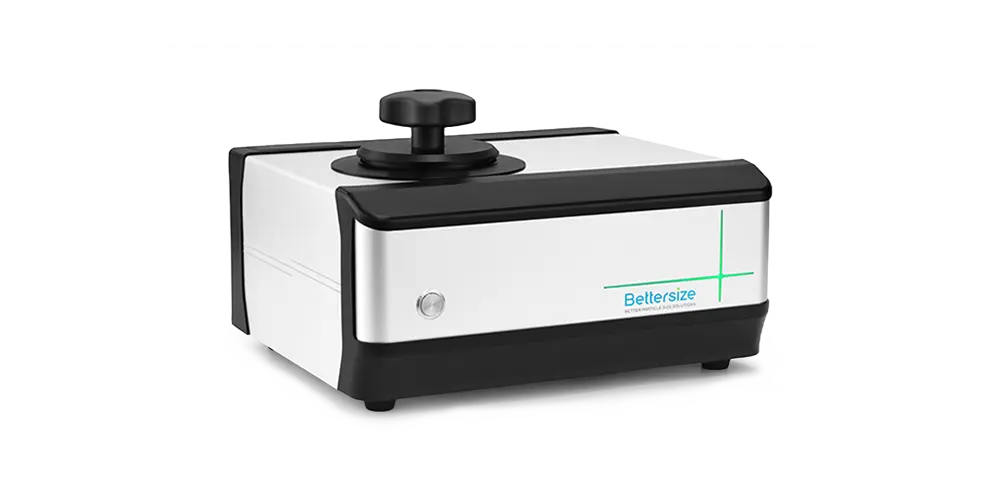- ● Introduction
- ● Gas Pycnometer
Introduction
The gas displacement method is a reliable and widely-used technique to measure the density of solid, porous, liquid, and semi-solid materials. This approach finds widespread application in a wide range of industries, including pharmaceuticals, powder metallurgy, coating, foam, cosmetics, construction, etc.
The fundamental principle of the gas displacement method is based on Boyle's law, which establishes an inverse relationship between the pressure and volume of a gas at a constant temperature. The method involves expanding gas from one chamber to another, with both chambers having known volumes, under isothermal conditions. Initially, the weight of the sample is determined and loaded into the sample chamber. Then, the sample chamber is pressurized to a predetermined value. Subsequently, the analysis gas is expanded into a second chamber, known as the reference chamber. Finally, the equilibrated pressures for both steps are recorded by the BetterPyc 380, and the density is calculated using these values.

Schematic diagram for an automated pycnometry
Overall, the gas displacement method is a dependable and precise technique for determining the density of various materials.
Gas Pycnometer

BetterPyc 380
Automatic Gas Pycnometer
Technology: Gas Displacement Method
Temperature Range: 10 - 65 ℃
Resolution: 0.0001 g/cm³

